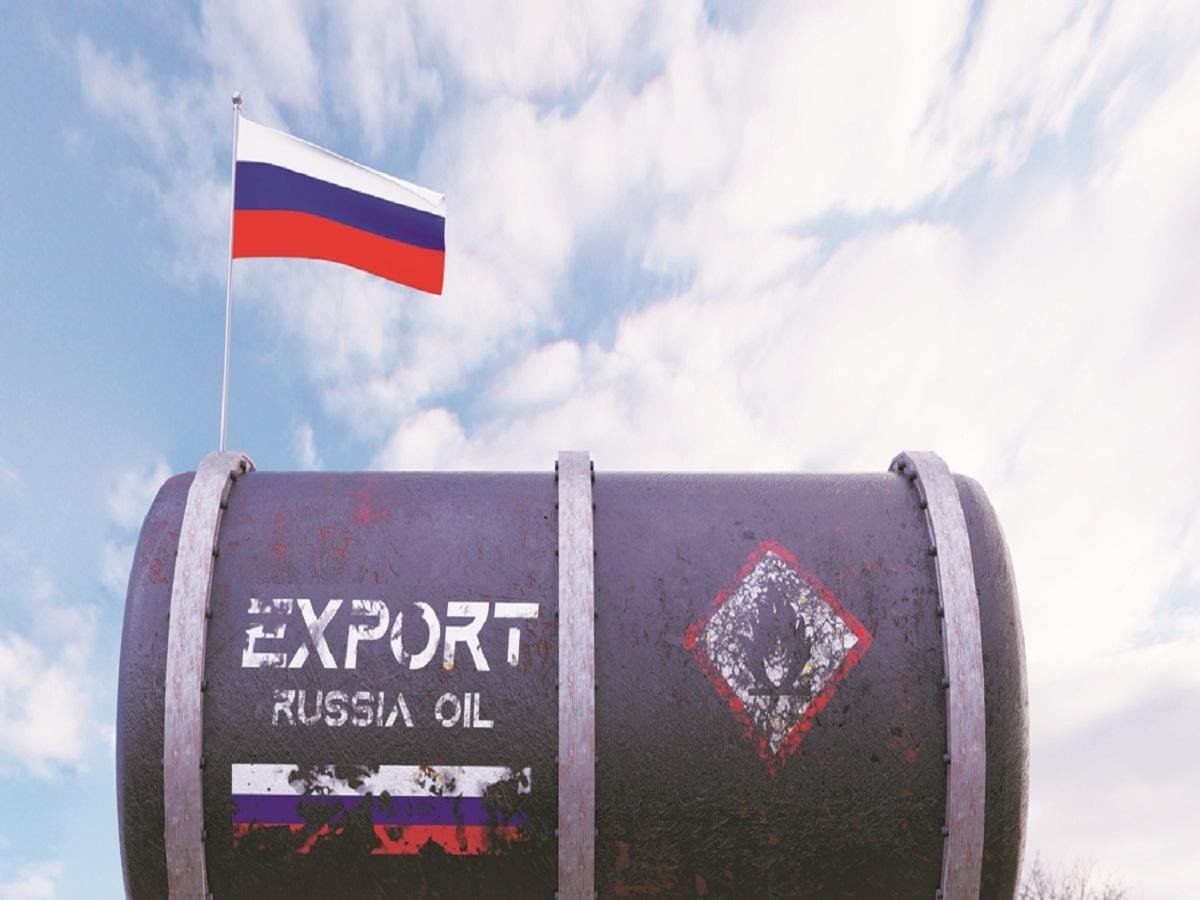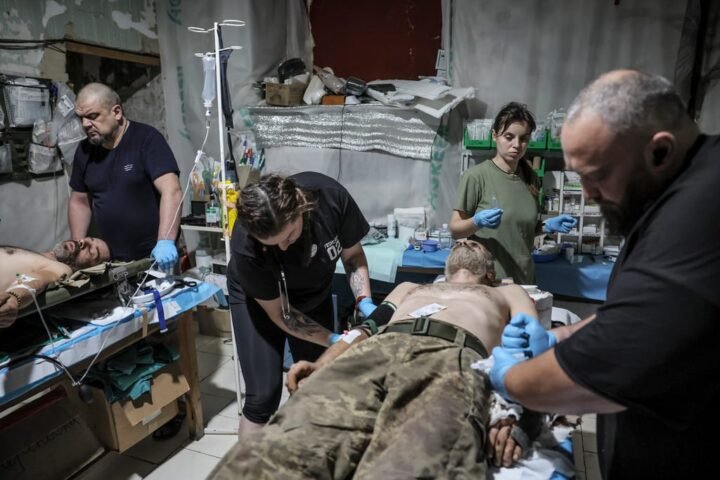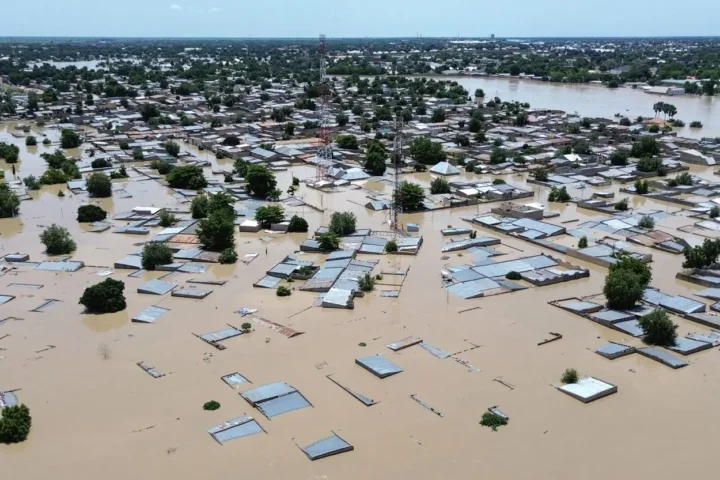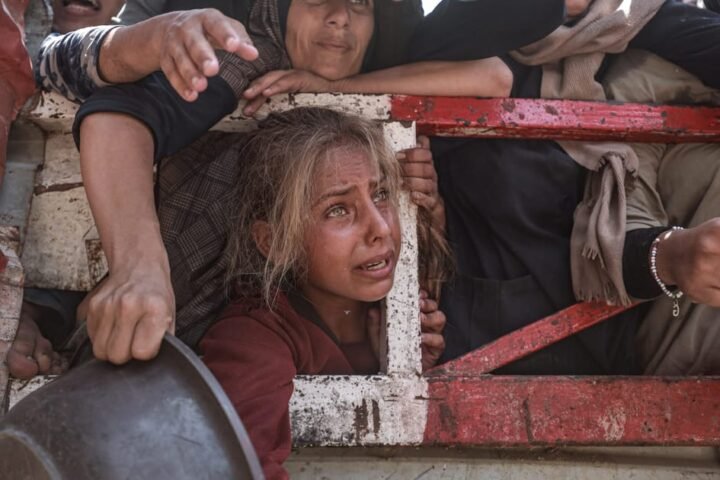Despite a rise in oil prices, Russia’s economy finds itself in a paradoxical bind. Since June 13, 2025, the price of Urals crude—Russia’s primary export blend—has surged past the G7-imposed cap of $60 per barrel. But instead of boosting the national budget, the stronger ruble is eating into profits, leaving a deepening fiscal gap.
Oil Sells for More, But Earns Less
At first glance, rising oil prices should be good news for Moscow. But the ruble’s appreciation—nearly 23% since early 2025—has turned a potential win into a loss. Exporters now earn around 30% less in ruble terms for every barrel of oil sold, according to Bloomberg.
This matters because nearly a third of Russia’s federal budget depends on oil and gas revenues. And with the ruble strengthening to 78.72 per U.S. dollar, Moscow’s coffers are shrinking—despite the market’s willingness to pay more for its crude.
Why the Ruble Is So Strong—and Why That’s a Problem
The ruble’s rise has little to do with economic strength. It’s largely fueled by artificial levers, such as the Central Bank’s elevated interest rates and speculative optimism about improving relations with the West. Meanwhile, military spending tied to the war in Ukraine remains sky-high, and sanctions continue to limit Russia’s access to global markets.
This means that even as prices climb, Russia struggles to convert energy exports into usable budgetary income. Unlike countries like Saudi Arabia, where the currency is pegged to the U.S. dollar, Russia earns in dollars but must convert into a surging ruble—undermining the value of its sales.
Fiscal Deficit Set to Triple Official Forecasts
According to Bloomberg analysts, the real budget deficit could swell to 3% of GDP, or roughly 4 to 5 trillion rubles—three times the Kremlin’s official estimate of 1%. This growing gap puts public spending at risk and increases pressure to tap sovereign reserves, issue more domestic debt, or raise taxes on citizens.
The war effort only intensifies the squeeze. As defense costs soar and oil revenue falters, the Russian state faces mounting pressure to find new sources of cash—most likely from its own population.
Export Strategy Falters Amid Policy Contradictions
Russia’s struggle to turn oil profits into budget gains highlights deeper cracks in its economic model. Even with the Urals price rising above the $60 ceiling, sanctions still limit global buyers and depress long-term contract prices. Proposals to cut the cap to $45 have reemerged, further clouding Russia’s export outlook.
While OPEC+ members like Saudi Arabia can maintain revenue stability through currency control and strategic output management, Russia lacks such leverage. Instead, it finds itself selling more expensive oil for less effective income—a losing formula.
Kremlin Looks to Shift the Burden
At the St. Petersburg International Economic Forum, First Deputy Prime Minister Denis Manturov floated an eyebrow-raising idea: a more “optimal” exchange rate of 100 rubles to the dollar. While this would help exporters on paper, it would hit ordinary Russians hard, especially given the country’s heavy reliance on imported goods.
The proposal reveals a deeper reality: the Kremlin is looking for ways to transfer the economic pain from state institutions to the general population. With inflation pressures, a shrinking fiscal base, and ongoing military obligations, the average Russian may soon bear more of the cost.










